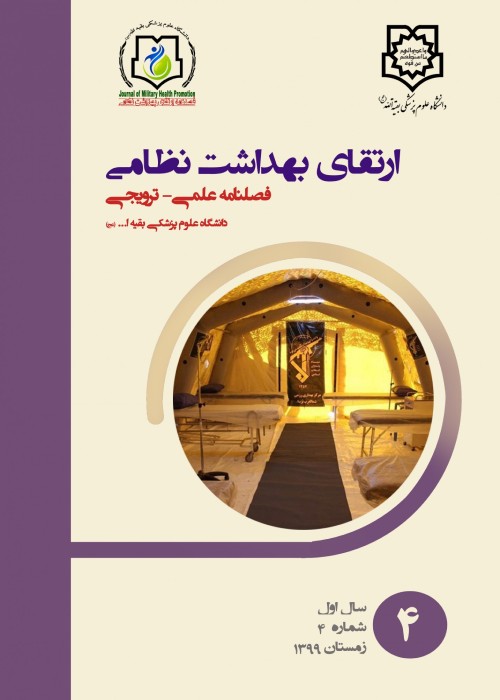Health and Treatment Considerations for Non-lethal Weapons
In times gone by, militaries have pursued to increase the lethality of weapons to better achieve military success and political objectives. In the current political environment, this approach may not be the most effective means to achieve stability. Political, societal, and operational factors have limited the effective use of traditional military response. Emerging non-lethal weapon technologies may offer the means to meet today’s security problems. Definition of non-lethal weapons provided by NATO are: Non-Lethal Weapons are weapons, which are explicitly designed and developed to incapacitate or repel personnel, with a low probability of fatality or permanent injury, or to disable equipment, with minimal undesired damage or impact on the environment. Unlike conventional lethal weapons that destroy their targets principally through blast, penetration and fragmentation, non-lethal weapons employ means other than gross physical destruction to prevent the target from functioning. Non-lethal weapons are intended to have one or both of the following characteristics: 1) they have relatively reversible effects on personnel or material, 2) they affect objects differently within their area of influence. Some expressions used for these capabilities are: Non-injurious, disabling measures, system disabiling, immobilizers, discriminate force, less letal, less-than-lethal, minimum force, strategic immobilizers, mission kill, new age weapons, soft kill, stabilizing technology, denial of services concepts, limited effects technology, neutralizing technology, reduced lethality weapn, low collateral damage, weapons which do not cross the death barrier, and pre-lethel. Non-lethal technologies cover a broad, diverse range of capabilities. The technology ranges from biological, chemical, information warfare, crowd control measures, to the latest offerings of exotic weapons. The paper will review and introduce all kinds of non-lethal weapons, including anti-personnel and anti-material weapons and the ways of defending them.
-
Increasing of corrosion resistance of 316 L steel by amorphous carbon thin film for use in medical implants
Saeid Mersagh Dezfuli, Mohammad Reza Nourani, Seyed Hojatollah Hosseini, Ramezan Ali Taheri*, Leila Siavashi
Iranian Journal of Ceramic Science & Engineering, -
Marine Medicine Syllabus
Farshad Heidari-Beni, , Amir Vahedian-Azimi*, Seyed Shahram Mirzamani, Seyed Tayeb Moradian, Abbas Ebadi, Morteza Kameli Morandini
Journal of Marine Medicine, -
Public Health Risks of Tetrodotoxin and its Analogues in Marine Bivalves and Edible Gastropods
Ali Keshavarz Lelekami, , AmirHomayoun Keihan, Hamideh Mahmoodzadeh Hosseini, Teimour Tabari, Seyed Ali Mirhosseini*
Journal of Marine Medicine, -
Preparation of niosomal nanostructure containing Brucella trivalent immunogen as a vaccine candidate
Fahimeh Sharif, Razieh Nazari, Mahdi Fasihi-Ramandi*, Ramezan Ali Taheri, Mohsen Zargar
Feyz,




